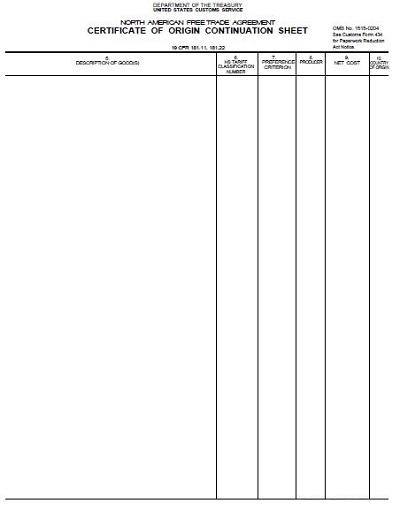
Certificate of origin templates can provide businesses with an invaluable resource in ensuring their products meet international trading standards. Defined as documents issued by a Chamber of Commerce or other issuing body, these legal certificates are key components to international trade as they specify the country of origin where goods were produced or manufactured.
Table of Contents
Whether you’re looking to trade within your domestic country or internationally, utilizing a certificate of origin template can save you time and effort when it comes to tracking down the necessary information for a successful transaction. With straightforward editing and customization capabilities, these templates offer the perfect solution for updated and accurate documentation for trade-related operations.

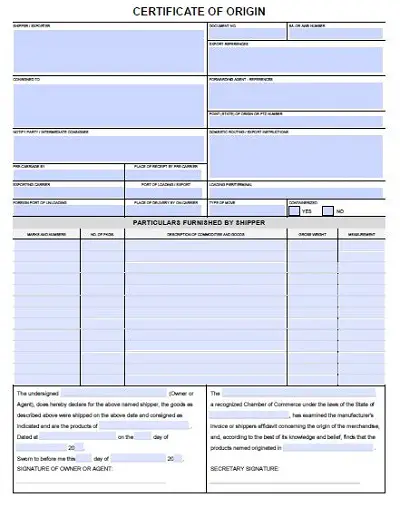
A Certificate of Origin (CO) template is a pre-prepared document that you can use as part of your export process. This document certifies that your goods were produced or manufactured in your company’s home country. It also contains information pertaining to the origin of the goods being exported, such as details about the producer or manufacturer or any other relevant information. The template should be filled out with all relevant details regarding the origin of your goods, and then signed off by an authorized representative within your organization. Once completed, this document must accompany the shipment when it leaves port, without it, customs clearance may not be possible.
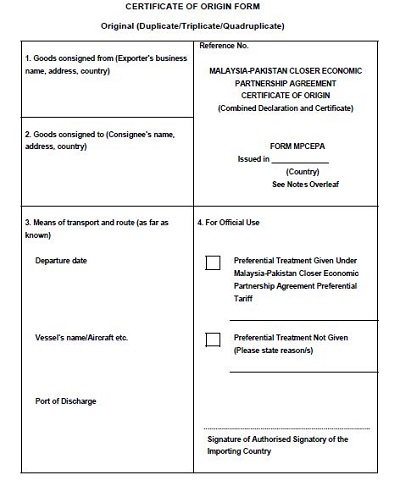
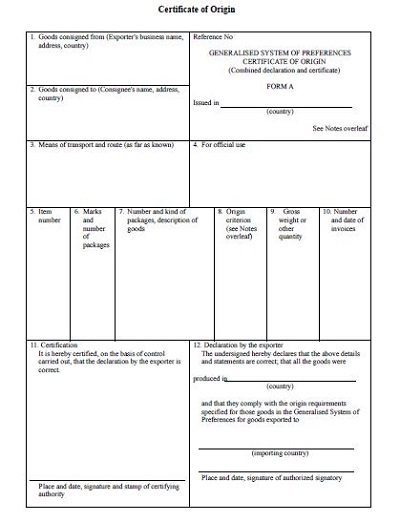
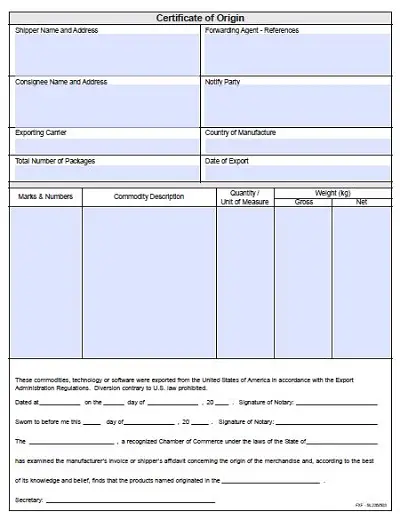
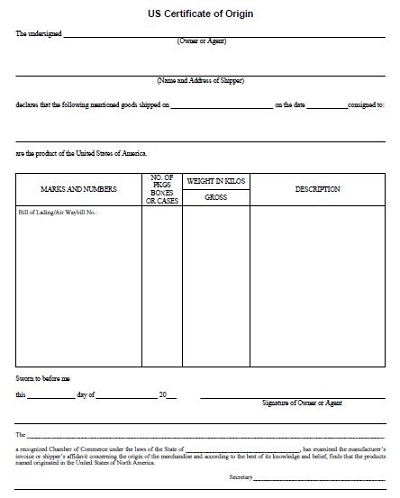
A CO template should contain all required fields for completing an accurate certificate. These include details about the exporter such as name and address, details about the importer such as name and address, information about what is being shipped including quantity, product description, type of payment accepted if applicable, the value declared, currency accepted if applicable, Harmonized System code (HS code), origin country, destination country, etc. The HS code ensures that duties are calculated accurately based on where exactly in the world those goods are coming from/going to.
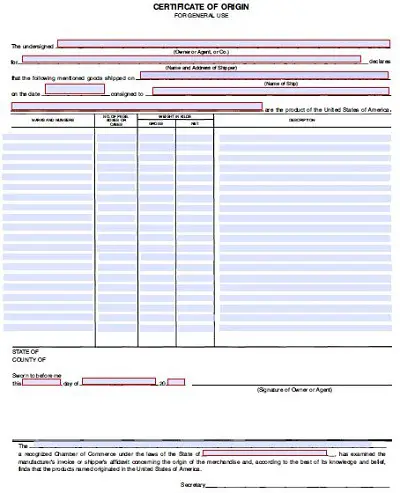
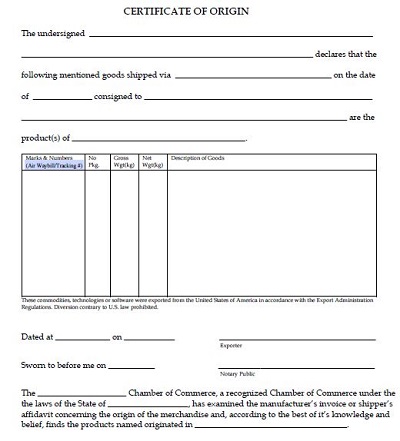
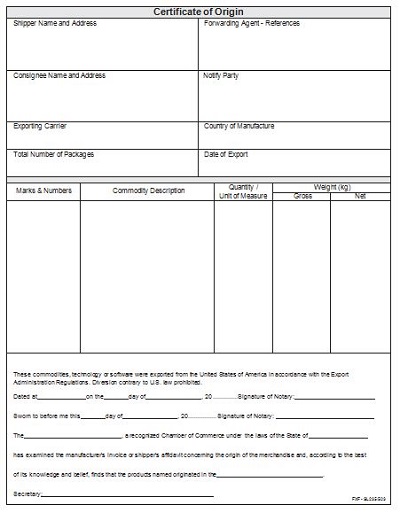
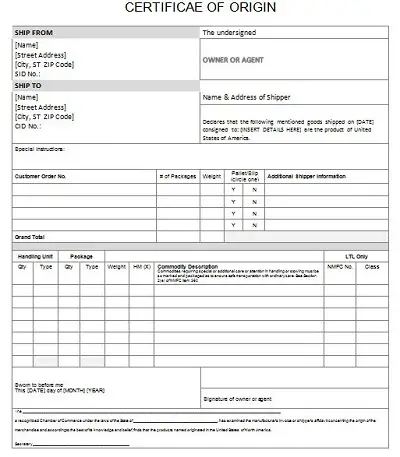
Before using a CO template, it’s important to understand which countries require them for import and export purposes as well as what type of product requires one based on its HS codes or tariff codes. Once you have established this information, you are ready to begin using your CO template. To get started, fill out all required fields on the template with accurate information prior to shipping so that there are no delays at customs clearance points due to missing or inaccurate paperwork.
Then sign off on the document with an authorized representative within your organization before sending off shipments. Finally, make sure you keep copies online or in hardcopy form just in case additional evidence is requested from authorities later down the line so that you have complete record-keeping.
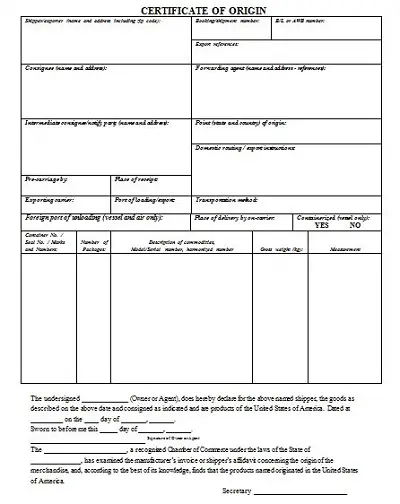
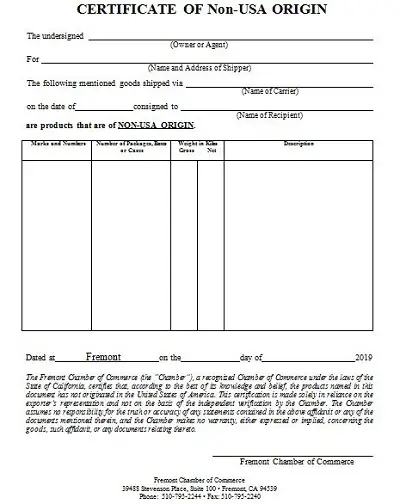
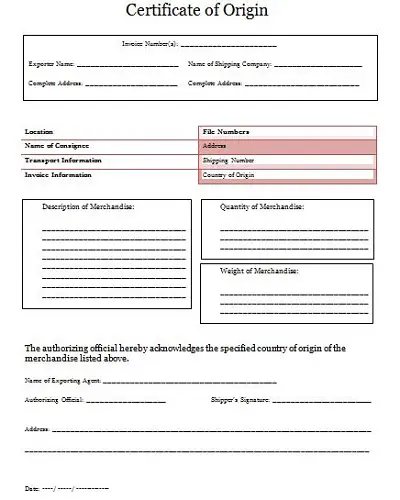
Trade organizations, e-commerce companies, and exporting companies all benefit from using a certificate of origin template. The convenience and accuracy that these templates bring to their trade operations simplify the tracking process and make it much easier to generate documents on demand for their clients. By implementing the use of a template, businesses can save hundreds of hours in document production costs as well as minimize errors caused by manual data entry mistakes.
The ability to quickly and accurately produce certified documents also strengthens each business’s credibility with customers. Certified certificates of origin also come with security features that help prevent fraud or identity theft, this puts an added layer of trust between businesses and customers. In short, certificate of origin templates is an invaluable asset for those selling goods internationally.
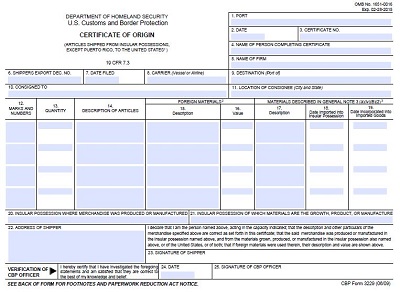
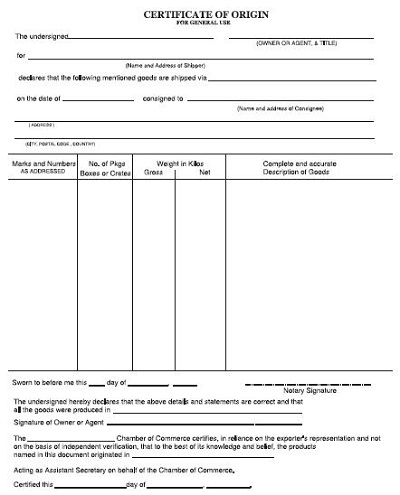
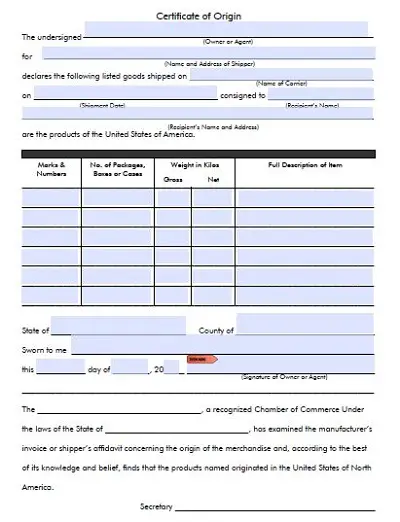
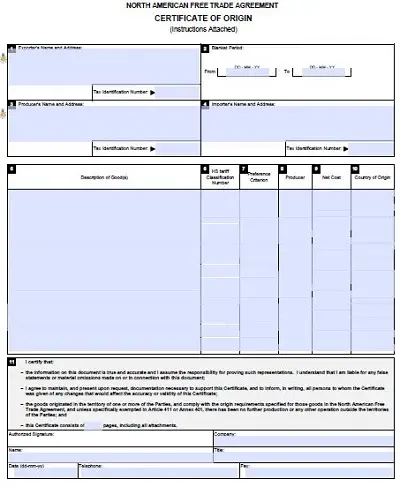
A certificate of origin is an important document that serves as proof that the product or service originated in one specific country. It can be used for customs clearance, taxation, and other legal purposes. As such, it’s important to know how to create a certificate of origin template that meets all the necessary requirements.
When you create your template, there are several key pieces of information that must be included. Depending on the country and trading partner you are working with, this information might vary slightly. Generally speaking, however, you will need to include the following information on your template:
Making sure your template includes all these details helps ensure that it is accepted by customs authorities in both countries without any problems. Additionally, having a standard template can make it easier for everyone involved when filling out certificates for multiple shipments over time.
In addition to making sure all the required fields are filled out correctly on your certificate of origin template, it’s also important to confirm its validity before submitting it. If possible, have an authorized person from either party sign off on it or have it notarized by an official notary public in order to ensure its authenticity. This additional step can help avoid any potential delays or complications with customs clearance down the line.